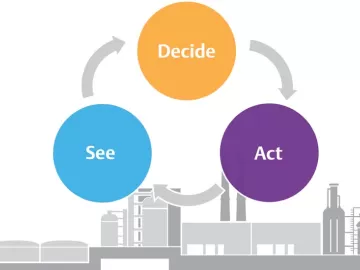Compressed Air Manufacturers and Distributors Rise Above the COVID-19 Crisis
As the crisis unfolded, manufacturers and distributors of compressed air and vacuum systems took the necessary steps and precautions using guidance from the Centers for Disease Control and other agencies to minimize the spread of the virus, while continuing to support customers. At all times the top priority was the safety and wellbeing of employees and their families, as well as partners and customers.




